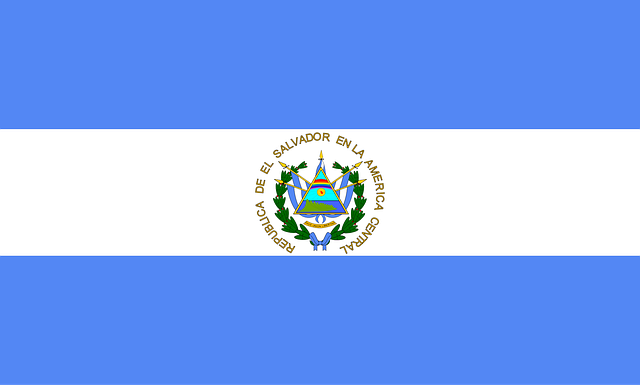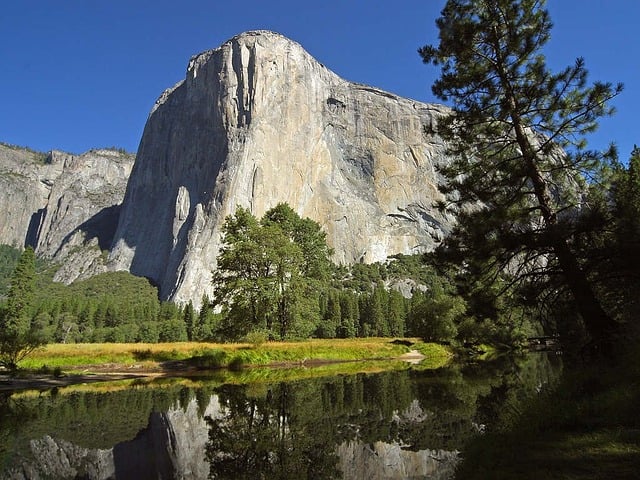Real estate professionals play a vital role in creating inclusive communities by embracing cultural sensitivity and accessibility design. They can develop marketing strategies that cater to diverse needs, ensuring everyone feels welcomed. Collaborative design processes and community events further enrich these spaces, fostering connections and enhancing property values, making areas more desirable for all.
In today’s diverse real estate markets, fostering inclusive cultural connections is not just a moral imperative but a key driver of community success. This article explores three essential aspects: understanding cultural diversity in these markets, designing spaces that welcome all, and leveraging community events to build bridges. By delving into these topics, we aim to provide insights into creating vibrant, inclusive environments where folks from every background can thrive.
Understanding Cultural Diversity in Real Estate Markets

In today’s diverse and interconnected world, understanding cultural diversity is essential within real estate markets. When we talk about community, it’s not just about physical locations; it’s about fostering inclusive environments that celebrate unique cultural connections. Real estate professionals play a pivotal role in navigating this landscape by recognizing and respecting the varying needs, preferences, and traditions of diverse populations.
By embracing cultural sensitivity, agents can ensure that their marketing strategies, property listings, and sales approaches are inclusive. This means going beyond surface-level descriptions of neighborhoods and delving into the rich tapestry of each community’s heritage, ensuring that everyone feels seen and welcomed. Ultimately, this promotes a vibrant and harmonious environment where folks from all backgrounds can thrive.
Designing Spaces for All: Inclusive Architecture

In the realm of real estate, designing spaces that foster inclusive cultural connections is paramount. Inclusive architecture goes beyond physical accessibility; it aims to create environments that welcome and embrace individuals from diverse backgrounds, abilities, and ages. This means incorporating features like wide doorways, ramps, and braille signage for those with disabilities, as well as considering cultural nuances such as varying temperature preferences and noise levels.
By prioritizing inclusivity, real estate developers and architects can cultivate spaces that truly belong to the communities they serve. This can be achieved through collaborative design processes that involve diverse stakeholders, including people with lived experiences of different abilities and cultures. Such an approach ensures that every element of a space—from seating arrangements to art installations—serves and reflects the needs and identities of its intended users, fostering a deeper sense of belonging and cultural connection within the community.
Building Bridges: Community Events and Their Impact

Community events serve as powerful catalysts for building bridges between diverse groups, fostering inclusive cultural connections that enrich local real estate landscapes. These gatherings provide opportunities for folks from various backgrounds to come together, share experiences, and celebrate their collective heritage. By embracing diversity and encouraging participation, such events create a sense of belonging and strengthen the social fabric of neighborhoods.
Real estate professionals play a significant role in this process by facilitating access to these community events and promoting them within their networks. They can help connect individuals with local organizations hosting cultural festivals, food fairs, art exhibitions, and heritage celebrations. This not only contributes to the overall vibrancy of the area but also enhances property values by creating desirable, inclusive communities where people want to live and invest.






